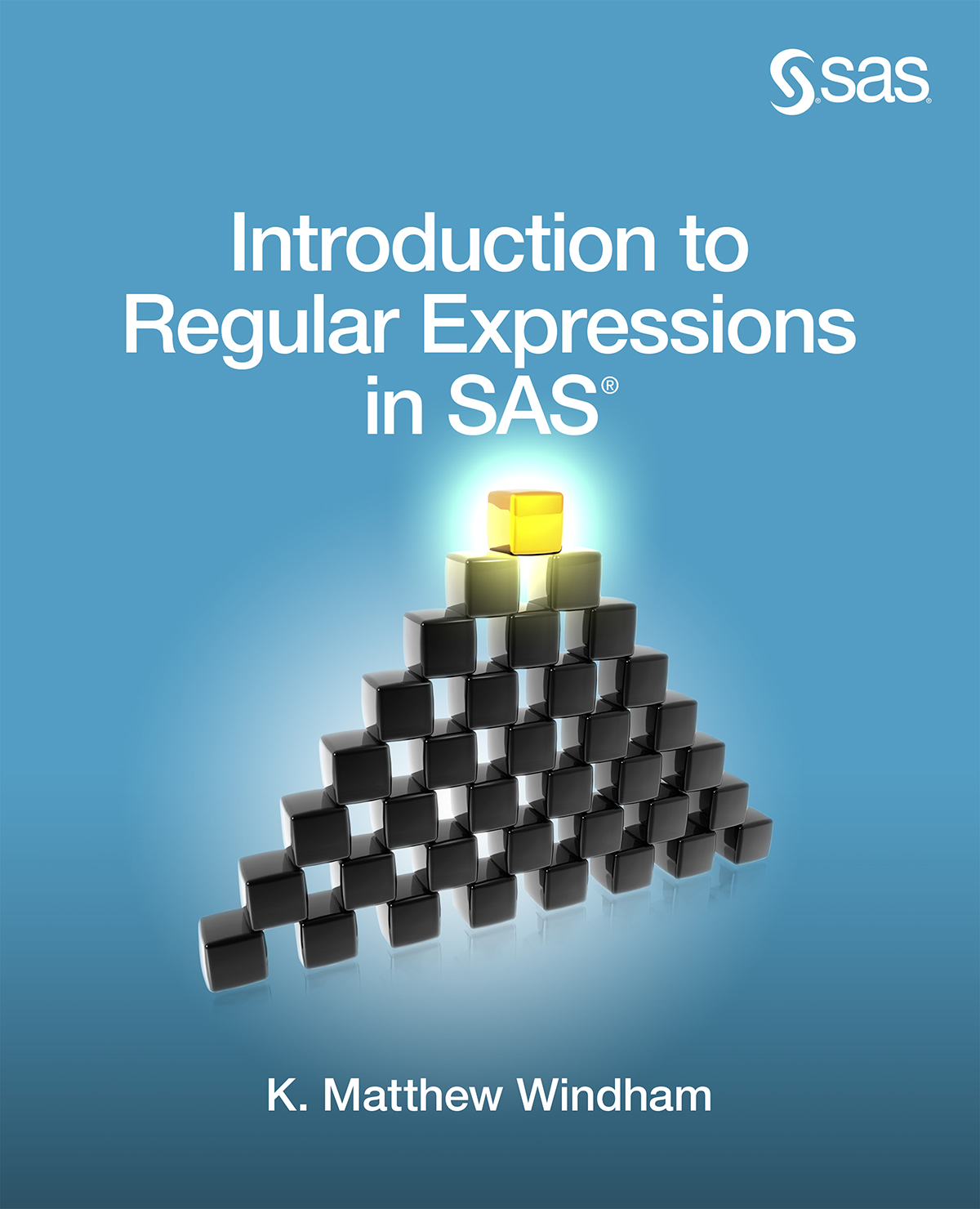
Introduction to
Regular Expressions
in SAS
K. Matthew Windham
 support.sas.com/bookstore
support.sas.com/bookstore
The correct bibliographic citation for this manual is as follows: Windham, K. Matthew. 2014. Introduction to Regular Expressions in SAS. Cary, NC: SAS Institute Inc.
Introduction to Regular Expressions in SAS
Copyright 2014, SAS Institute Inc., Cary, NC, USA
ISBN 978-1-61290-904-2 (Hardcopy)
ISBN 978-1-62959-498-9 (EPUB)
ISBN 978-1-62959-499-6 (MOBI)
ISBN 978-1-62959-500-9 (PDF)
All rights reserved. Produced in the United States of America.
For a hard-copy book: No part of this publication may be reproduced, stored in a retrieval system, or transmitted, in any form or by any means, electronic, mechanical, photocopying, or otherwise, without the prior written permission of the publisher, SAS Institute Inc.
For a web download or e-book: Your use of this publication shall be governed by the terms established by the vendor at the time you acquire this publication.
The scanning, uploading, and distribution of this book via the Internet or any other means without the permission of the publisher is illegal and punishable by law. Please purchase only authorized electronic editions and do not participate in or encourage electronic piracy of copyrighted materials. Your support of others rights is appreciated.
U.S. Government License Rights; Restricted Rights: The Software and its documentation is commercial computer software developed at private expense and is provided with RESTRICTED RIGHTS to the United States Government. Use, duplication or disclosure of the Software by the United States Government is subject to the license terms of this Agreement pursuant to, as applicable, FAR 12.212, DFAR 227.7202-1(a), DFAR 227.7202-3(a) and DFAR 227.7202-4 and, to the extent required under U.S. federal law, the minimum restricted rights as set out in FAR 52.227-19 (DEC 2007). If FAR 52.227-19 is applicable, this provision serves as notice under clause (c) thereof and no other notice is required to be affixed to the Software or documentation. The Governments rights in Software and documentation shall be only those set forth in this Agreement.
SAS Institute Inc., SAS Campus Drive, Cary, North Carolina 27513-2414.
December 2014
SAS provides a complete selection of books and electronic products to help customers use SAS software to its fullest potential. For more information about our offerings, visit support.sas.com/bookstore or call 1-800-727-0025.
SAS and all other SAS Institute Inc. product or service names are registered trademarks or trademarks of SAS Institute Inc. in the USA and other countries. indicates USA registration.
Other brand and product names are trademarks of their respective companies.
Contents
About This Book
Purpose
This book is intended for a wide audience of SAS users, from novice programmer to the very advanced. As not much has previously been published on this topic, many different skill levels can benefit from the content herein. However, the book has been written to ensure that novice programmers can immediately implement every element discussed.
Is This Book for You?
Of course, it is! Do you wish you could process unstructured data sources? Would you like to more effectively process semi-structured data sources? Do you want to one day leverage advanced text mining concepts within your Base SAS code? Of course, you do! This book lays the foundation for all of this and more, making it the ideal text for anyone wanting to enhance their programming prowess.
Prerequisites
Readers should be comfortable using and applying the SAS DATA step, basic PROCs (e.g., PROC PRINT), DO loops, and conditional processing concepts. Readers should be familiar with SAS arrays and the RETAIN statement.
Scope of This Book
This book covers all PRX functions and call routines.
This book does NOT cover advanced concepts requiring MACRO programming, PROC SQL, or system automation.
About the Examples
Software Used to Develop the Books Content
Base SAS (Microsoft Windows)
Example Code and Data
You can access the example code and data for this book by linking to its author page at http://support.sas.com/publishing/authors. Select the name of the author. Then, look for the cover thumbnail of this book, and select Example Code and Data to display the SAS programs that are included in this book.
For an alphabetical listing of all books for which example code and data is available, see http://support.sas.com/bookcode. Select a title to display the books example code.
If you are unable to access the code through the website, e-mail .
Output and Graphics Used in This Book
All output used in this book was generated via the SAS log and PROC PRINT.
Additional Help
Although this book illustrates many analyses regularly performed in businesses across industries, questions specific to your aims and issues may arise. To fully support you, SAS Institute and SAS Press offer you the following help resources:
About topics covered in this book, contact the author through SAS Press:
Send questions by e-mail to ; include the book title in your correspondence.
Submit feedback on the authors page at http://support.sas.com/author_feedback.
About topics in or beyond this book, post questions to the relevant SAS Support Communities at https://communities.sas.com/welcome.
SAS Institute maintains a comprehensive website with up-to-date information. One page that is particularly useful to both the novice and the seasoned SAS user is its Knowledge Base. Search for relevant notes in the Samples and SAS Notes section of the Knowledge Base at http://support.sas.com/resources.
Registered SAS users or their organizations can access SAS Customer Support at http://support.sas.com. Here you can pose specific questions to SAS Customer Support: Under Support, click Submit a Problem. You will need to provide an e-mail address to which replies can be sent, identify your organization, and provide a customer site number or license information. This information can be found in your SAS logs.
Keep in Touch
We look forward to hearing from you. We invite questions, comments, and concerns. If you want to contact us about a specific book, please include the book title in your correspondence to .
To Contact the Author through SAS Press
By e-mail:
Via the Web: http://support.sas.com/author_feedback
SAS Books
For a complete list of books available through SAS, visit http://support.sas.com/bookstore.
Phone: 1-800-727-0025
E-mail:
SAS Book Report
Receive up-to-date information about all new SAS publications via e-mail by subscribing to the SAS Book Report monthly eNewsletter. Visit http://support.sas.com/sbr.
Publish with SAS
SAS is recruiting authors! Are you interested in writing a book? Visit http://support.sas.com/saspress for more information.
About The Author

K. Matthew Windham, CAP, is the director of analytics at NTELX Inc., an analytics and technology solutions consulting firm located in the Washington, DC area. His focus is on helping clients improve their daily operations through the application of mathematical and statistical modeling, data and text mining, and optimization. A longtime SAS user, Matt enjoys leveraging the breadth of the SAS platform to create innovative, predictive analytics solutions. During his career, Matt has led consulting teams in mission-critical environments to provide rapid, high-impact results. He has also architected and delivered analytics solutions across the federal government, with a particular focus on the US Department of Defense and the US Department of the Treasury. Matt is a Certified Analytics Professional (CAP) who received his BS in Applied Mathematics from N.C. State University and his MS in Mathematics and Statistics from Georgetown University.
Next page


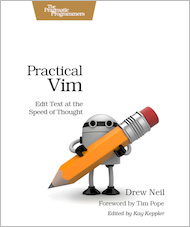
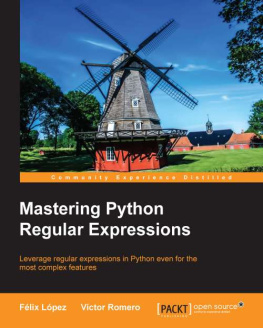

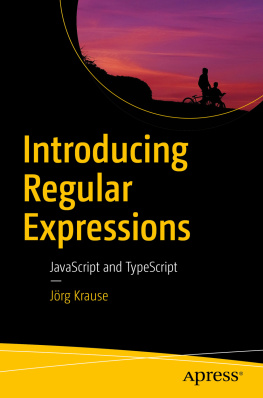

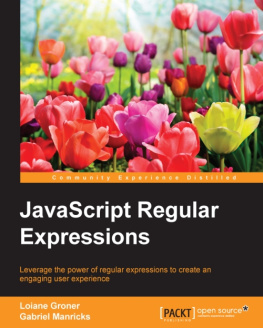
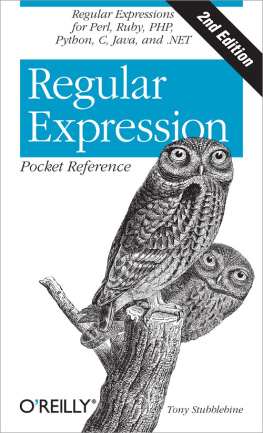

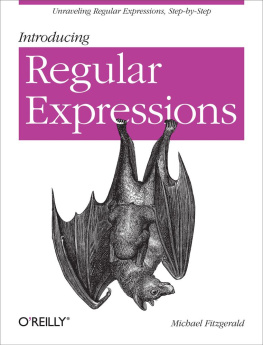

 support.sas.com/bookstore
support.sas.com/bookstore